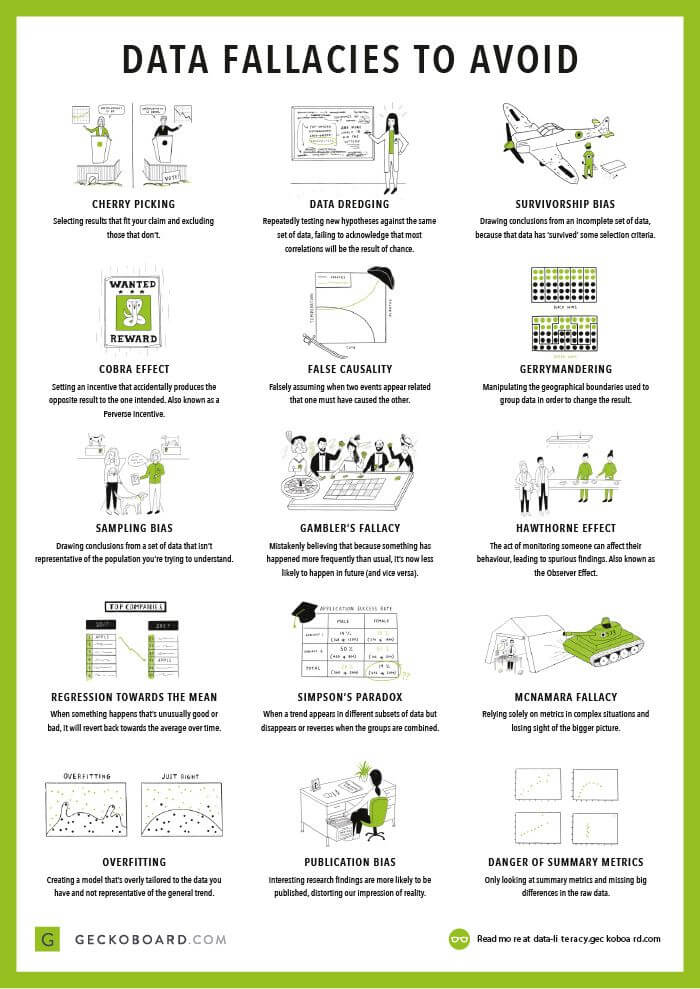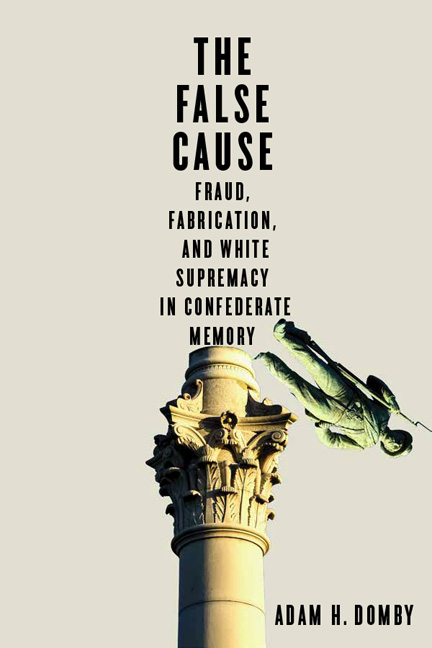
The two classes are exhaustive and mutually exclusive. The first example is valid because natural numbers are either even or odd.


This is a false dilemma, because some members of the nobility may in fact lack liquid assets. "Either the nobles of this country appear wealthy, in which case they can be taxed for good or they appear poor, in which case they are living frugally and must have immense savings, which can be taxed for good." The phrase originates from an argument for taxing English nobles: Very often a Morton's Fork, a choice between two equally unpleasant options, is a false dilemma. This argument is a false dilemma, because it denies the possibility that there is someone who has no interest or is unaware of that cause. You have refused to join our cause, therefore you must be working against our cause." Ī simple example of a false dilemma is the following: Furthermore, the options are typically presented as being collectively exhaustive, in which case the fallacy can be overcome, or at least weakened, by considering other possibilities, or perhaps by considering the whole spectrum of possibilities, as in fuzzy logic.Īn example of a false dichotomy appearing on the Australian Broadcasting Corporation radio programme hosted by Michael Duffy, Counterpoint. This can lend credence to the larger argument by giving the impression that the options are mutually exclusive, even though they need not be. When two alternatives are presented, they are often, though not always, two extreme points on some spectrum of possibilities. There may be even more choices involved, in which case the fallacy may arise simply by accidental omission-possibly through a form of wishful thinking-rather than by deliberate deception. The dilemma need not be limited to two choices it may involve three possibilities, in which case it is known as a trifurcation. The concept is also known as false choice, false dichotomy, falsified dilemma, fallacy of the excluded middle, black and white thinking, false correlative, either/or fallacy, and bifurcation. The informal fallacy of false dilemma involves a situation in which two alternative statements are held to be the only possible options, when in reality there exists one or more other options which have not been considered.

The form of the fallacy of false dichotomy as an argument map with the conclusion at the top of the tree.


 0 kommentar(er)
0 kommentar(er)
